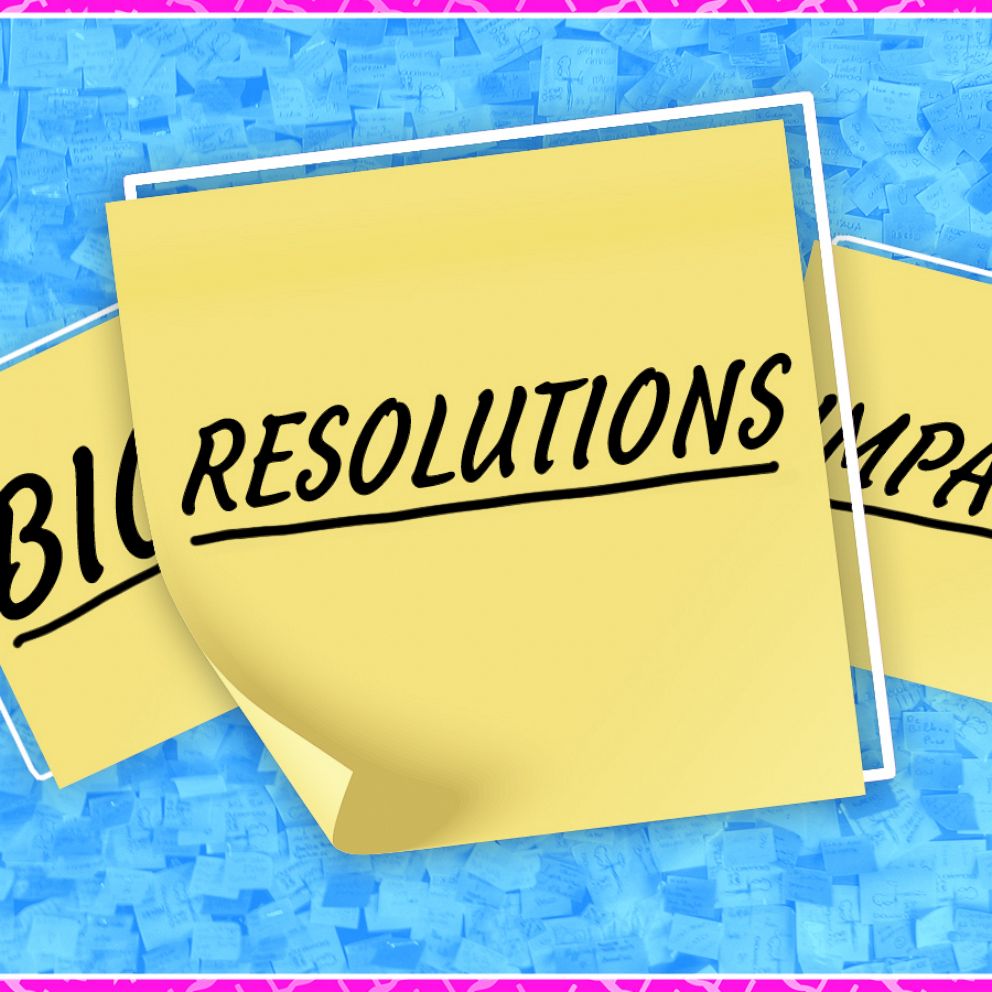How to make a vision board that will help you reach your goals in the new year, according to a neurologist
Goal-setting is top of mind when the new year rolls around, and vision boards are an increasingly popular tool for clarifying those goals and providing a boost of inspiration.
Although vision boards often come up in more mystical conversations around manifestation or the law of attraction, it turns out there is real science to back them up -- if you use them correctly.
A vision board is a virtual or brick-and-mortar collage of images that represent your goals.
It translates your dreams and aspirations into tangible images, fostering motivation to work towards them.
In fact, vision boards can complement your brain's processing patterns to help you bring your ambitions to fruition.
Vision boards can help you set the right goals
First, it's important to understand that the neuroscience of vision boarding is much more likely to work for you if you set clear, specific, realistic goals. For example, "run a 5K" will give your brain much more to work with than a loftier, more vague goal like "get in shape." Setting the right goals can be intimidating, but the process of creating your vision board will be a huge help.
By selecting visual representations of your aspirations, you are already getting more specific. Paying attention to the images that resonate the most with you may provide valuable hints as to what your individual goals are, and that's where your brain physiology starts to come into play.
Vision boards enhance your openness to opportunity
Vision boards tap into a cognitive process known as value-tagging, which is related to selective attention.
The brain instantly assigns value to everything it sees. Because our brains tend to assign higher value to images than written words, using images (as opposed to a written list, for example) to represent your goals results in a subconscious prioritization of them over your other thoughts.
As a result, the brain is primed to be on high-alert for opportunities that serve your goal, and notices things it otherwise may not have. This also helps the brain to filter out unnecessary or unhelpful information that will not be useful for realizing your dreams.
Vision boards promote visualization
Looking at your vision board encourages you to visualize what it feels like to go after your goals. This is especially powerful because the brain doesn't distinguish between a strong vision and an actual experience.

Visualizing a desired outcome can activate the same neural pathways as actually experiencing it, according to research in the journal Frontiers in Public Health.
The exercise of visualization can therefore strengthen those neural pathways, allowing your brain to "practice" going through the motions it needs to perform to achieve your goals. That means it's important to visualize yourself doing what it takes to achieve your goal, in addition to visualizing the actual outcome.
Visualization works best when you are focusing on the actions it takes to get to a desired outcome, according to research in the Personality and Social Psychology Bulletin. This is why elite athletes often visualize themselves executing important skills or plays before a big game or competition.
With the science behind vision boards in mind, here are five expert tips for using your vision board to stay on track all year long:
1. Keep the vision board somewhere you will see it regularly so that you stay inspired to act on your goals. You could consider putting a physical board near your bedside table or on the refrigerator, for example. Digital boards could be used to create the wallpaper for your computer or cellphone.
2. Look at your vision board frequently. The more you look at the pictorial representation of your goals, the more deeply embedded they will be within your subconscious.
3. Stay intentional. Be consistent in using your vision board as an instrument for visualization and as an inspiration for the actions you will take to achieve them.
4. Celebrate your achievements on the board. Don't be afraid to update your vision board as time passes -- think of it as an ever-evolving organism. Rip things off once you've achieved them, and make sure to celebrate all the wins to keep yourself motivated.
5. Allow your vision to change. Edit and rework the board as much as you like. Add new goals as they come up, revise goals if things change for you. Keeping your vision board current will increase the likelihood that you continue to use it.
Leah Croll, M.D., is an assistant professor of neurology at the Lewis Katz School of Medicine at Temple University and an alum of the ABC News Medical Unit.
Editor's note: This report was originally published on Jan. 1, 2024.








